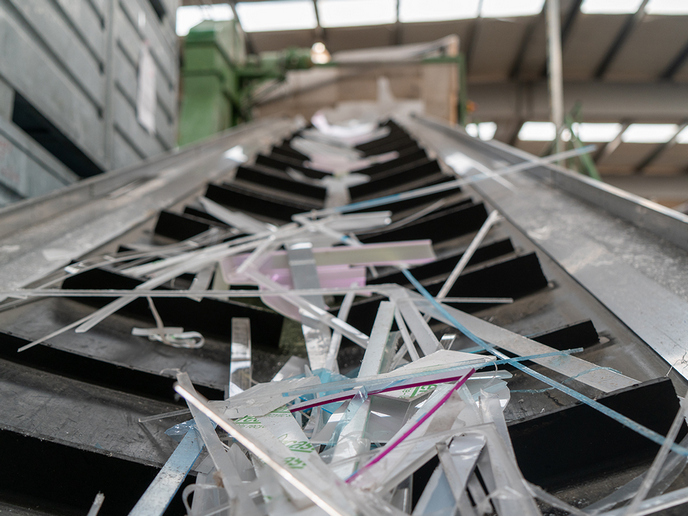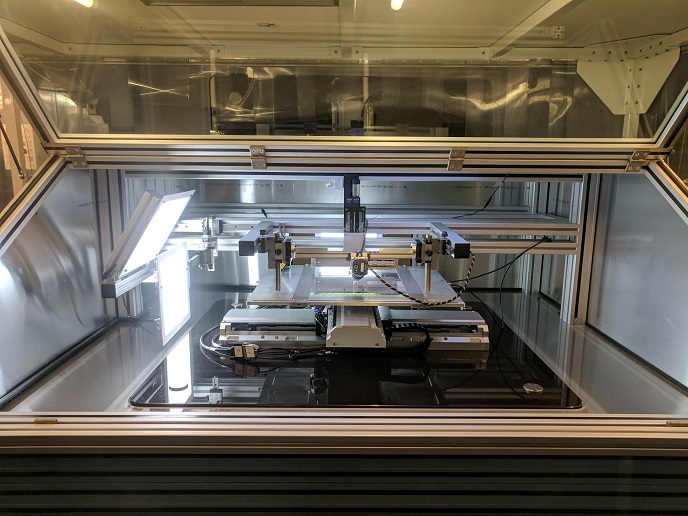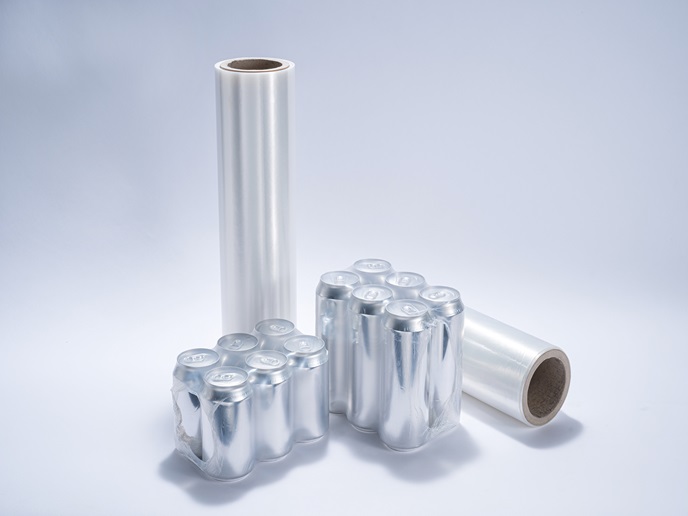Minimising complexity and enhancing competitiveness
Optimisation-based controllers currently use a full online optimisation approach that entails a tremendous computational burden linked to increased cost of supercomputing hardware and software. EU-funded researchers set out to simplify the complex mathematics conventionally used to define a control system in certain applications. The ‘Design of advanced controllers for economic, robust and safe manufacturing performance’ (Connect) project was conceived to use parametric optimisation in the development of advanced controllers that shift the computational burden offline. Such controllers are of particular interest in a broad range of applications presently exhibiting significant operational difficulties and limitations. These include industrial systems requiring fast control actions, safety-critical applications in automotive or chemical reactor control and energy applications. Imagine a digital picture on your computer represented by a very large number of pixels. The first step in simplifying the computation needed to represent the original picture is to determine the minimum number of pixels required to adequately recreate the original to the user’s eye. In other words, after a certain point increased resolution does not produce a visibly detectable enhancement in perception and is thus unnecessary. In the case of the controller algorithm, the researchers defined a minimum number of so-called basis functions that capture all of the system’s dynamics without loss of information contained in the original multi-dimensional representation. The second step in the digital picture recreation analogy is to determine the spacing of the pixels such that certain features are not smoothed out entirely (e.g. a nose represented by two points becomes a line and not a curved surface). In the case of the controller, the researchers sought to use powerful linear multi-parametric predictive controller (MPC) algorithms on highly non-linear systems by reducing the non-linear problem to a linear one via piece-wise linear approximations – like creating an apparent curve by joining very small line segments together. The result of the explicit MPC algorithm was the ability to solve the optimisation process offline in advance, making control implementation possible via inexpensive microcontrollers or programmable logic controllers. Thus, the Connect project advanced the design of optimisation-based controllers by significantly decreasing the computational burden and cost without sacrificing integrity. The innovative MPC algorithms could thus enhance the competitiveness of small and medium-sized enterprises (SMEs) in fields as diverse as the automotive and wire manufacturing industries.







